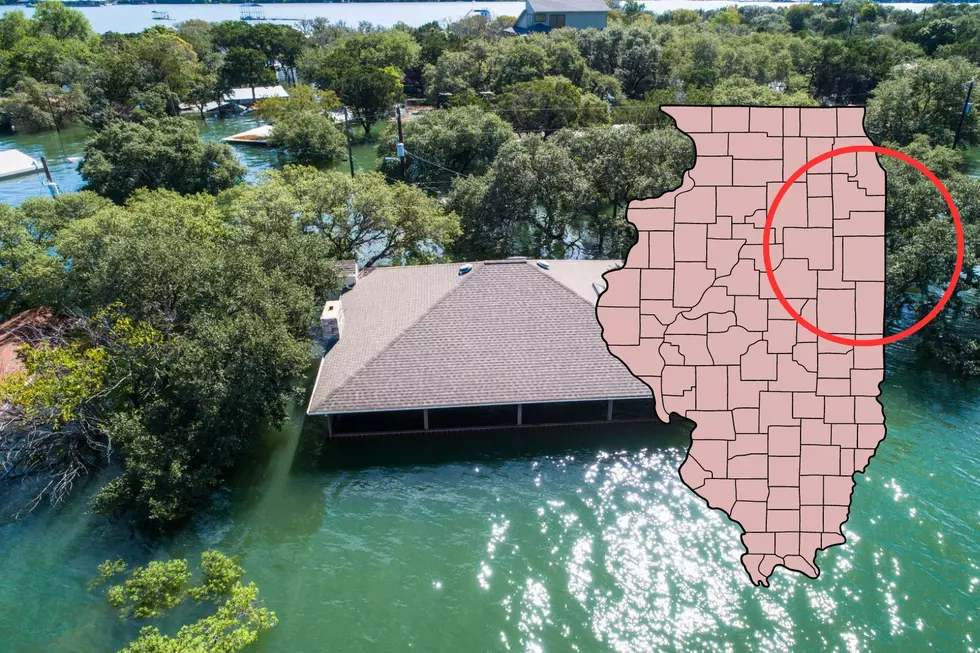55 Years Ago: Bob Dylan Releases His Self-Titled Debut Album
Bob Dylan wasn't born Bob Dylan.
He came into the world as Robert Zimmerman. And when he made his debut 20 years later on an album called Bob Dylan, he was a somewhat typical-sounding folksinger who revealed little of the originality and revolutionary spirit that would guide Highway 61 Revisited, Blonde on Blonde and Blood on the Tracks, and make him one of the most significant artists of the past 100 years.
Of the 13 songs found on Dylan's self-titled debut, only two were written by him. Another handful were traditional tunes on which Dylan gave himself arrangement credit. But seeing that those two originals -- "Talkin' New York," done as a talking blues, a popular form among folksingers of the era, and "Song to Woody," a tribute to musical hero Woody Guthrie written in Guthrie's style -- were far from original, the release of Bob Dylan on March 19, 1962, hardly seemed like a monumental event at the time.
Even now, the record bears few hints that the wobbly-voiced singer backing himself on acoustic guitar and harmonica would, in just a few short years, alter the course of folk music, pop music and rock 'n' roll.
The album was recorded over two days in November 1961 in a New York City studio with legendary producer John Hammond, whose long career included pivotal roles in shaping the musical legacies of Benny Goodman, Billie Holiday and Bruce Springsteen. He had met Dylan just a couple months earlier, when the young musician was enlisted to play harmonica on a record by folksinger Carolyn Hester.
Hammond immediately signed Dylan, who began to search for songs that would make up his first album. Most of them were pretty familiar numbers to the singers and budding songwriters who hung around the New York City folk clubs Dylan frequented. Traditional favorites like "In My Time of Dyin'," "Man of Constant Sorrow" and "House of the Rising Sun" were among those laid down in mostly single takes in late 1961.
Bob Dylan didn't make much of a dent with music fans upon its release. In fact, it didn't even make Billboard's Top 200 albums chart. But it was a learning experience for the singer-songwriter, who was quickly finding his voice among the bustling folk scene. He was loved by his contemporaries, and soon he had enough confidence to perform his own songs in his own style.
Almost 15 months later, Dylan returned with The Freewheelin' Bob Dylan, which included mostly original songs like "Blowin' in the Wind," "A Hard Rain's a-Gonna Fall" and "Don't Think Twice, It's All Right." The link to his debut was there, but it was almost like a new artist had emerged over the course of a year. It was a new Dylan this time out, and his legend was just around the corner.
Bob Dylan Albums Ranked Worst to Best


